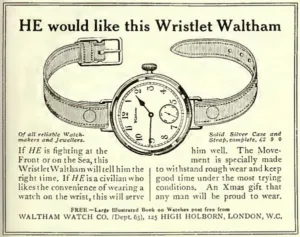Our offer to readers is always “a minimum of 48 issues per year” to allow for several weeks when we take summer vacations and to allow for the overload of trying to properly cover CES and IFA. There will be four of us at CES, but we’ll all be flat out just keeping up with the show. This week sees issue 48, so it would be tempting to just stop here… However, we will carry on to produce some ‘bonus’ issues. There is likely to be less product news as brands wait for CES to launch, but lots of rumours.
This week we have a report from Chris on the I/ITSec show that took place in Florida. Unusually, most of the articles naturally fitted into the LDM or MDM issues, which is unusual for shows. Usually shows are clearly aimed at large displays (like Infocomm), small displays (like Mobile World Conference) or very mixed and hard to separate out (like CES). However, the simulation market demands immersive display experiences and there are two ways to do this, with very big displays or with immersive VR. Some companies are going one way, and some another.
Simulation is one of the industrial markets where VR will be able to develop with some funding and customers while the consumer market looks as though it is stalling in the trough of disillusion of the hype curve. Technologies, markets and companies often have to find some kind of ‘real world’ application to see them through this period. We’ve talked a lot about logistics and manufacturing as real markets for augmented reality. The supply chains, infrastructure and technology will be driven by the business logic of using A/R glasses for improving picking in warehouses and reducing mistakes in shipping as well as in industrial manufacture and maintenance.
VR seems to be hitting the trough of disillusion at the moment and simulation and training may be a key application for generating income and developing technology that will (may) eventually work its way back into the consumer market.
The news about Pebble and the weakness of Fitbit show that wearables remain a challenging segment as well. Back in July I wrote a Display Daily about smartwatches, and my thoughts haven’t changed. Since then, Samsung launched its latest Gear watches with lots of emphasis on fashion and the use of a designer from the watch industry, but the latest IDC data suggests that although this seems to be the right approach, it’s not really showing signs of working for Samsung, yet.
Of course, the wristwatch itself developed as a fashion when British military officers adopted them rather than the pocket watch that was considered the norm. Time had become critical because the scale of battles was such that signals could not be relied on, so plans were set to time. Early wrist watches were known as ‘trench watches‘. When survivors returned after the first world war, they carried on using them. So, the military has had an impact on the watch industry so it wouldn’t be surprising that defence might impact the development of VR!
Bob


